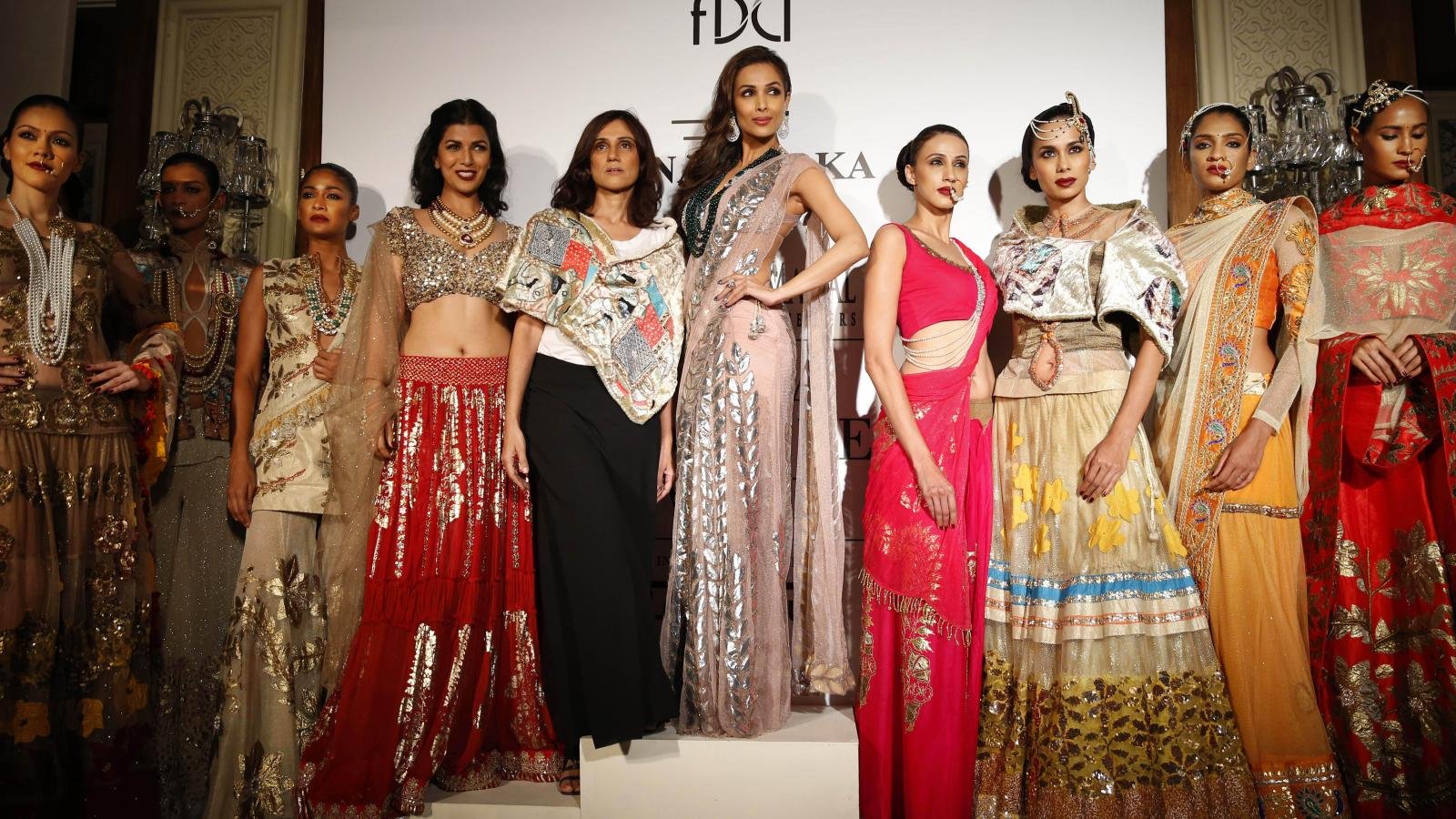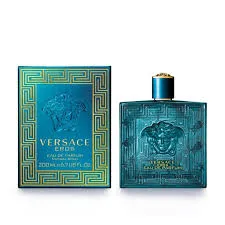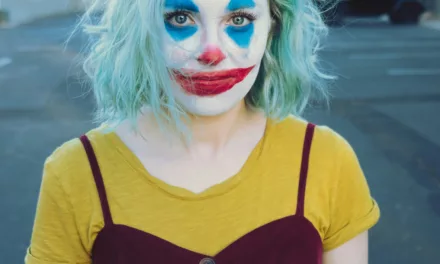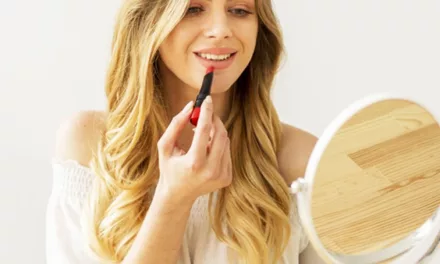Introduction:
Eastern and Western fashion trends often reflect the cultural, historical, and societal differences between the two regions.
- Eastern fashion, which includes Asian countries, tends to emphasize intricate designs, vibrant colors, and traditional elements.
- Western fashion, encompassing Europe and the Americas, leans towards more diverse styles, often influenced by contemporary and individualistic approaches. However, it’s important to note that both regions can also draw inspiration from each other, resulting in a dynamic and ever-evolving global fashion landscape.
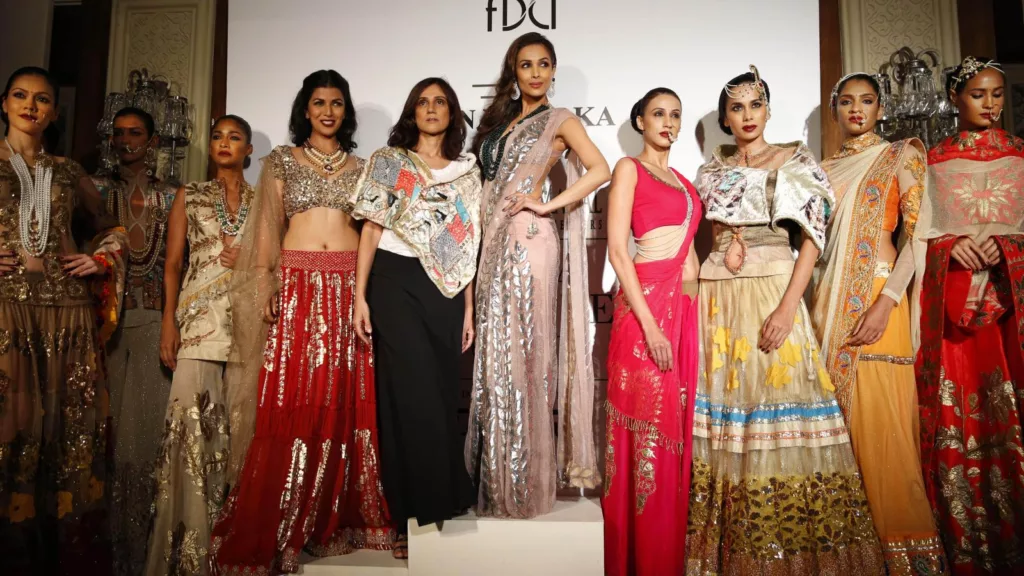
Difference between eastern and western fashion trend
Eastern Fashion Trends:
• Asian Influence:
Eastern fashion trends often draw inspiration from various Asian cultures, such as Japan, South Korea, China, Pakistan and India. This includes traditional garments like kimono, hanbok, cheongsam, and sarees, as well as modern interpretations and fusion styles.
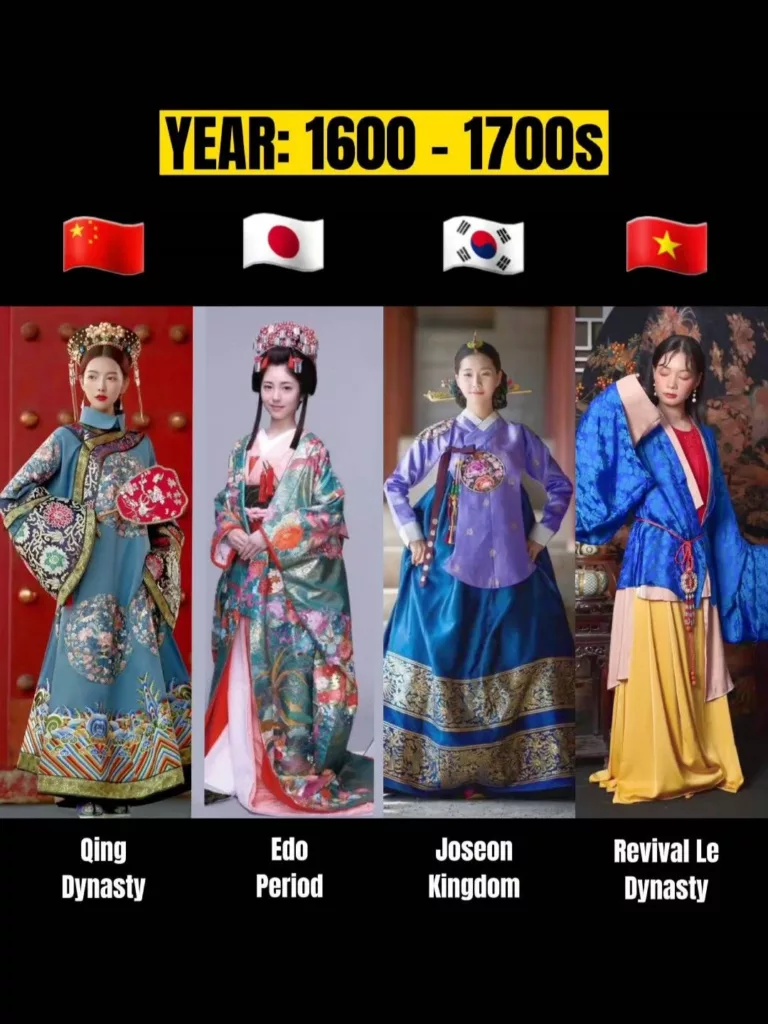
• Eastern Modesty fashion:
Eastern modesty fashion refers to clothing styles that adhere to the principles of modesty prevalent in Eastern cultures, particularly in countries with significant Muslim populations, such as parts of the Middle East, South Asia, and Southeast Asia. These styles often prioritize loose-fitting and covering garments, such as abayas, hijabs, niqabs, chadors, shalwar kameez, and burqas, to name a few.
The emphasis on modesty in these regions is influenced by religious and cultural values, with the intent to cover certain body parts and maintain a sense of dignity and respect. Eastern modesty fashion has evolved over time, incorporating modern trends and designs while preserving the essence of modesty. It plays a significant role in expressing identity, culture, and religious beliefs for many individuals in these regions

• Embellishments:
Embellishments are decorative or ornamental elements added to something to enhance its appearance or beauty. They are often used in various forms of art, design, fashion, and even writing to add style and flair to the overall presentation.
Examples of embellishments include intricate patterns, beading, embroidery, decorative motifs, and fancy fonts. Vibrant Colors: Bright and vibrant colors are commonly seen in Eastern fashion, with red, gold, and other bold hues often representing luck, prosperity, and joy. Bright and vibrant colors play a significant role in Eastern fashion and culture. In many Eastern countries, such as China, India, and various Southeast Asian nations, these colors hold cultural and symbolic meanings beyond their aesthetic appeal:
1. Red:
Red is a prominent color in Eastern fashion and is often associated with luck, happiness, and celebration. It is commonly worn during festivals, weddings, and other joyful occasions. In some cultures, red is also believed to ward off evil spirits and bring good fortune.
2. Gold:
Gold represents wealth, prosperity, and luxury in Eastern fashion. It is often used in traditional attire, accessories, and décor to signify opulence and success.
3. Other Bold Hues:
Eastern fashion embraces a wide range of bold and vibrant colors, including royal blue, emerald green, and bright yellow. Each of these colors may hold different cultural significances, but they generally evoke feelings of energy, positivity, and vitality. The use of these colors reflects the rich cultural heritage and traditional values of Eastern societies. They add a sense of joy, auspiciousness, and celebration to the attire, making them visually stunning and culturally meaningful.
• Minimalism and Clean Lines:
Eastern fashion also encompasses minimalist aesthetics, with a focus on clean lines and simple silhouettes, often found in Japanese and Korean designs.
Western Fashion Trends:

• European and American Influence: Western fashion trends primarily stem from European and American styles. European countries like France, Italy, and the UK are major fashion hubs, influencing trends globally.
• Individuality:
Western fashion tends to celebrate individuality and personal expression. People often mix and match styles, creating unique looks that reflect their personality.
• Versatility:
Western fashion emphasizes versatile and practical clothing, suitable for various occasions and settings. Versatile Western fashion has proven to be more than just a passing trend; it has established itself as a fundamental aspect of the fashion industry. Emphasizing practicality, adaptability, and sustainability, this style caters to the needs of modern individuals seeking a well-rounded wardrobe that can effortlessly transition from day to night, casual to formal. As the world continues to prioritize conscious consumerism and personal expression, Western fashion’s emphasis on versatility is likely to remain a timeless and cherished aspect of the global fashion landscape.
• Neutral Colors:

While there are exceptions, Western fashion often leans towards more neutral and muted colors, such as black, white, navy, and beige, allowing for easy coordination and layering.
• Experimentation:
Western fashion can be more experimental and avant-garde, with designers pushing boundaries and exploring new materials, cuts, and silhouettes. It’s essential to remember that these descriptions are generalizations, and fashion trends can vary significantly within each region and country. Moreover, as time passes, fashion evolves, and trends shift, so there is might be new developments To get the most accurate and up-to-date information, it’s best to consult more recent sources and fashion magazines or websites.
On one hand we talk about Eastern and Western fashion trend and on the other hand we also consider Muslim fashion trend
Muslim fashion trends:

Muslim fashion trends encompass a wide range of styles, and they are influenced by various factors, including religious beliefs, cultural practices, regional differences, and global fashion trends. Muslim fashion can be characterized by its modesty, as it aligns with Islamic principles, but it also reflects diversity and creativity. Here are some key aspects of Muslim fashion trends:
• Modesty:
Modesty is a fundamental aspect of Muslim fashion. Both men and women typically cover their bodies, with women often wearing loose-fitting clothing that covers the arms, legs, and hair. This can include abayas, jilbabs, hijabs, and headscarves.
• Abayas and Kaftans:
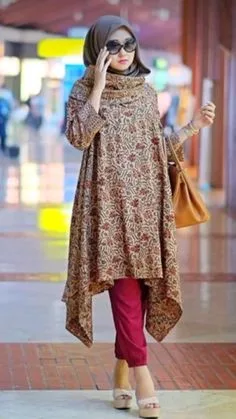
Abayas are long, loose-fitting outer garments, often worn over regular clothing, while kaftans are similarly styled dresses with a more relaxed fit. Both abayas and kaftans can be adorned with various embellishments and come in a wide range of colors and fabrics.
• Hijabs and Headscarves:
Hijabs are head coverings worn by Muslim women to cover their hair and neck. Hijabs come in various styles, from simple scarves to more elaborate designs, and they can be worn in different ways, reflecting regional and cultural variations.
• Modest Fashion Brands:
There has been a rise in the popularity of modest fashion brands and designers catering to the Muslim market. These brands offer a wide array of clothing options that align with Islamic guidelines while incorporating contemporary designs and aesthetics.
• Global Influences:
Muslim fashion trends are not limited to a particular region or culture. With the advent of social media and increased connectivity, fashion trends from various countries and cultures can blend and inspire each other, leading to a more diverse and global Muslim fashion scene.
• Sports and Activewear:
In recent years, there has been a growing trend in modest sportswear and activewear designed for Muslim women who want to engage in physical activities while adhering to their religious beliefs.
• Men’s Fashion:
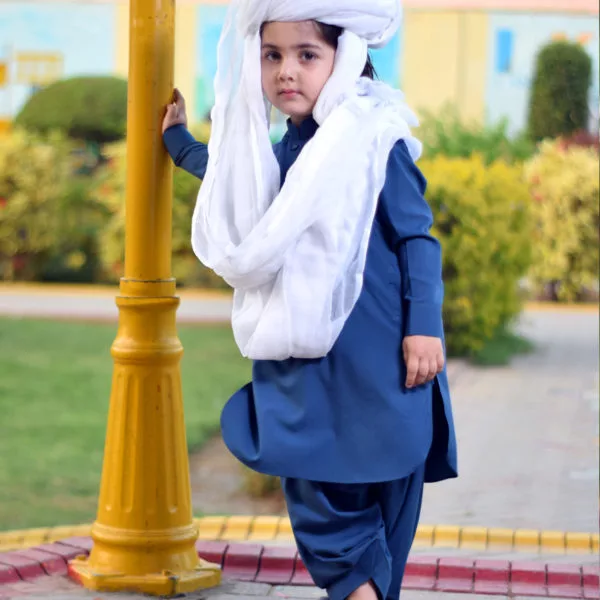
Muslim men’s fashion embraces modesty, with many men wearing loose-fitting clothing, such as thobes or Jalabiyas, often paired with a head covering, like a Kufi or a turban.
• Anything that is between the knee and the naval must be hidden by clothing.
• Should be free, and not transparent, with the goal that the confidential regions stays covered (by free, not tight articles of clothing).
• All clothing must be worn above the ankle.
• Shouldn’t look like the apparel of ladies.
• They shouldn’t look like something that is just trying to be un-Islamic (like Buddhists, priests, rabbis, hip-hop artists, movie stars, etc.)
• It cannot be colored or dyed with saffron or made of silk. It’s vital to take note of that Muslim style is unimaginably assorted, and individual decisions might differ in light of social foundations, individual inclinations, and translations of strict rules. In addition, style are continually advancing, and recent fads and impacts keep on arising inside the Muslim design local area.
top Fashion designing colleges

